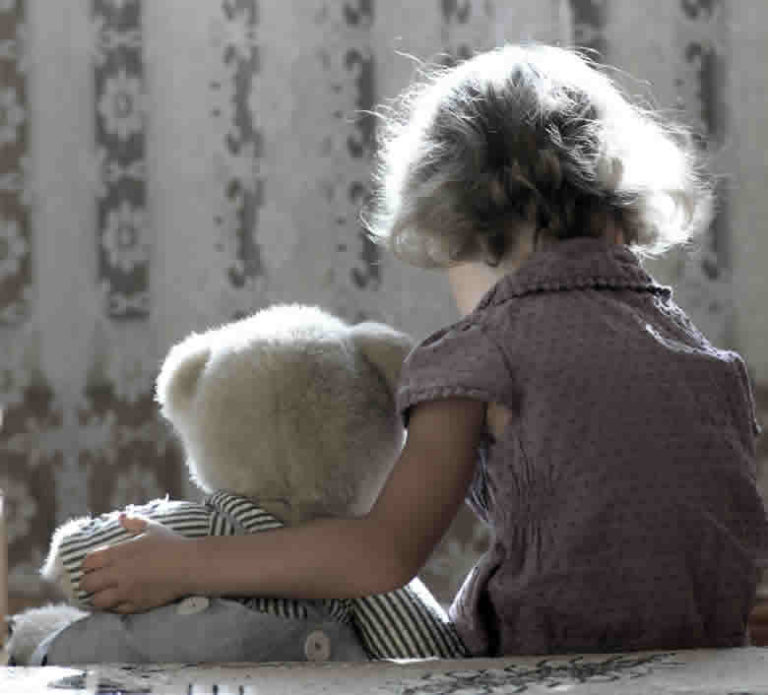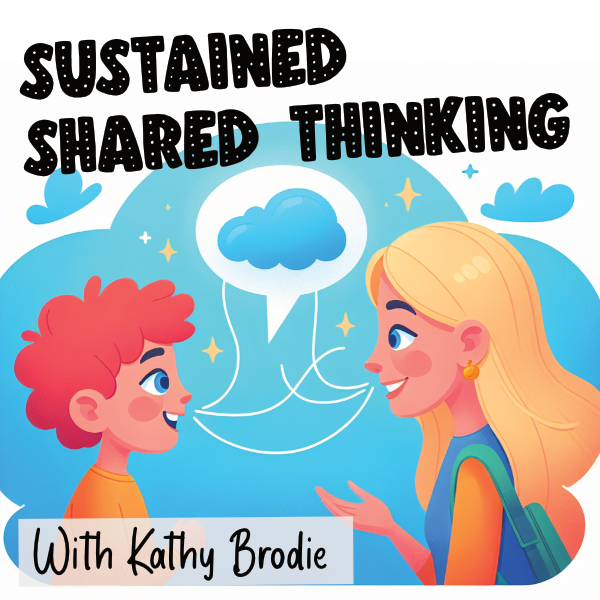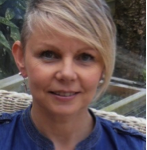Featured
Posted by Kathy Brodie on July 2, 2012.
Kathy Brodie on July 2, 2012.

I had the great privilege of meeting Julie Cigman when we were judging the Nursery World Awards together this year. She is an incredibly knowledgeable and well published author (check out her website! www.juliecigman.co.uk) and we soon found we had lots to talk about.
One area of common interest is ‘enabling environments’. It is such a fundamental part of any setting, be it a nursery, childminder, Children’s Centre or school, that it is essential to get it right. But what does this mean, what does it look like, how could you describe it?
This blog answers those questions, giving some super examples as well.
Putting children at the centre of enabling environments

Julie Cigman
Walk into any Early Years setting and look around you. How can you tell if the children feel comfortable and valued enough to be able to follow their interests, take the initiative in their learning, take on challenges and be resourceful?
How can you find out if the environment you have provided is truly ‘enabling’, so that every child is ‘like a fish in water’? (Sics-ziko-manual, p.7) I have found the Leuven Well-being and Involvement Scales very useful in evaluating the relationship between the child and their Early Years provision.
What are the Well-being and Involvement scales?
Children who score highly on the Well-being Scales are self-confident and in touch with themselves. The Well-being Scales allow us to see if children are having fun; if they radiate vitality as well as comfortable relaxation; if they are open and receptive to experiences. They have their basic physical needs met, but also their emotional needs, their need for clear boundaries, their need for acceptance and affirmation – and their need to be connected to some greater meaning than their own individual needs.
The Involvement Scales help us to know if children are at the limits of their capabilities – deeply engaged in their play, following their fascinations, sufficiently challenged, with high levels of concentration. This happens in stimulating environments where levels of Well-being are high.
What do high levels of Well-being and involvement look like?
When I visit settings as a consultant, I find myself drawn towards the groups of children displaying the highest involvement levels, as this is where I see the most interesting play and learning.
Tariq and Andrew were in their EYFS school garden, playing by a wooden boat.
“We’re making a boat, not just a boat, we’re making a house.” Tariq walked round the boat with different plastic tools, saying “sparks, sparks, sparks, sparks,” hitting the boat each time he said sparks. “Measure the boat: 45… 28…”
Andrew picked up a sander (it looked like an iron).
“You can’t touch this, it’s hot. See, these ones are very dangerous. Don’t touch these, see? Yow! Yow!”
‘Enabling’ provision
A simple suggestion from a practitioner helped the children take their play on a level while still maintaining their involvement levels. The children knew where to go to get stimulating resources (carefully chosen by practitioners, and made easily accessible) that supported their individual interests and style of play.
Practitioner: “People sometimes wear safety helmets when they’re building.”
Tariq: “Helmets! Let’s get helmets!” He ran off, and came back wearing a builder’s helmet. He tripped over a tool box. “We’re funny builders. Cos we sometimes trip over them.”
Andrew: “We’re off to our next job now. Shall we see you at the next job?” (He picked up his tools).
Practitioner: “Okay, where’s the next job?”
Tariq: “It’s at the house. See you…”
Practitioner: “Have you got a list of all of your jobs?”
Andrew: “Yeh, here…” He pulled an imaginary list out of his pocket and went off talking on a phone (his hand).
In a Year 1 classroom, Jake and Alexi were in the workshop area. Jake was trying to make a model with boxes, but was looking frustrated. Alexi had come to see what he was doing. An adult stepped in briefly to help Jake deal with his frustration, allowing him to maintain his sense of satisfaction and his levels of involvement.
Teacher: “How’s it going?”
Jake: “Not very well.”
Teacher: “Have you got a plan, or are you working it out as you go along?”
Jake: “Aaah, yes… A plan.”
He got a piece of paper and drew a ‘rocket’.
Alexi watched: “Do you want any help?”
Jake: “No.”
Alexi: “What are you making?”
Jake: “A rocket. This is my plan sheet.”
Alexi: “Which bit have you made?”
Jake: “This bit at the bottom. We’re doing this bit. Can you hold the string please?”
The two children worked together, holding the string, cutting, consulting the plan.
Jake: “We’re making cages for trapping the aliens! Look at our rocket! It’s multi-colour!”
What do low levels of Well-being and Involvement look like?
Sadly, there are some settings where the environment is not so enabling – and consequently, where levels of well-being and involvement are low.
Carl is nearly three and a half. He goes to pre-school 5 mornings a week.
Carl wandered around the room then he went into the home corner, where he flopped down onto the carpet. A few minutes later he stood up and wandered across the room, where he ‘play punched’ Troy, making a loud punching sound.
Carl: “You’re dead.”
Both boys started play shooting each other with their fingers, making shooting noises, lying down and jumping up.
Carl rolled a car up the side of the sofa, making car noises, dropped it, rolled on the floor, lay there, then got up. He looked around, went to the home corner and lay on the ground. A few minutes passed then he went and sat on a chair. Mandip walked past, Carl roared at him, Mandip looked startled then walked on.
Carl started play fighting with Troy, using a Sticklebrick ‘gun’.
Carl: “Troy, Troy, Troy, when I shoot you, you have to go down. Troy, Troy, Troy, Troy, Troy, let’s go over there.”
An adult looked over at the two boys from a table where she was leading an activity.
Carl: “Troy, Troy, let’s go over here where no one can see us.”
He went into a hidden corner with Troy and they both lay down on the floor.
When levels of well-being and involvement are low, this tells the setting that they need to look at the relationship between the children and the provision – and adapt the provision – the physical environment and the adult support – accordingly.
The Leuven scales put the child at the centre of the observations, rather than the curriculum. They help us to adapt the environment to the child, rather than expecting very young children to adapt to the environment.
Peer observations using the Leuven Adult Engagement Scales can help practitioners to evaluate levels of sensitivity, stimulation and autonomy in the interactions between staff and children… but that’s another story!

Photo: High levels of involvement in two children, absorbed in making magic potions from miniature bottles of shampoo, spices, oils and creams. They made Magic fairy dust, mermaid’s tears, spiders’ and chickens’ toenails, dragon wee, red poisonous hairy worms and more…
Further reading:
My article for Teach Early Years on How to provide an enabling environment for your children.
“Well-being and Involvement in Care Settings. A process-oriented self-evaluation instrument for care settings” is a manual produced by the Research Centre for Experiential Education in Leuven, Belgium.
http://www.kindengezin.be/img/sics-ziko-manual.pdf
Julie Cigman Early Years consultant, trainer and writer
Website: www.juliecigman.co.uk
Email: jcigman@hotmail.co.uk
Twitter: @juliecigman
LinkedIn: http://uk.linkedin.com/pub/julie-cigman/21/438/469
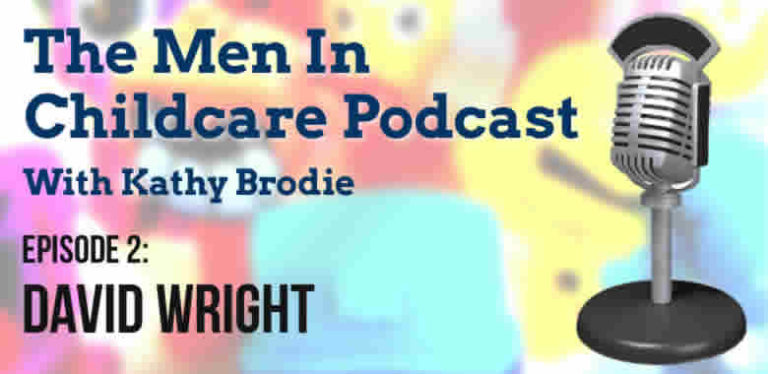
 David Wright, together with his wife Anna, runs Paint Pots nurseries in Southampton. Their son Joseph has recently joined the family business. Paint Pots comprises 7 settings – 5 day nurseries, 2 preschools. Their motto is ‘Love, Laughter and Learning.’
David Wright, together with his wife Anna, runs Paint Pots nurseries in Southampton. Their son Joseph has recently joined the family business. Paint Pots comprises 7 settings – 5 day nurseries, 2 preschools. Their motto is ‘Love, Laughter and Learning.’ 


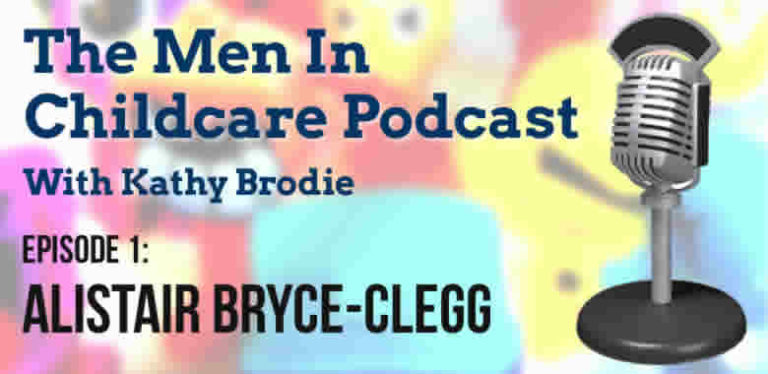



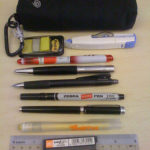



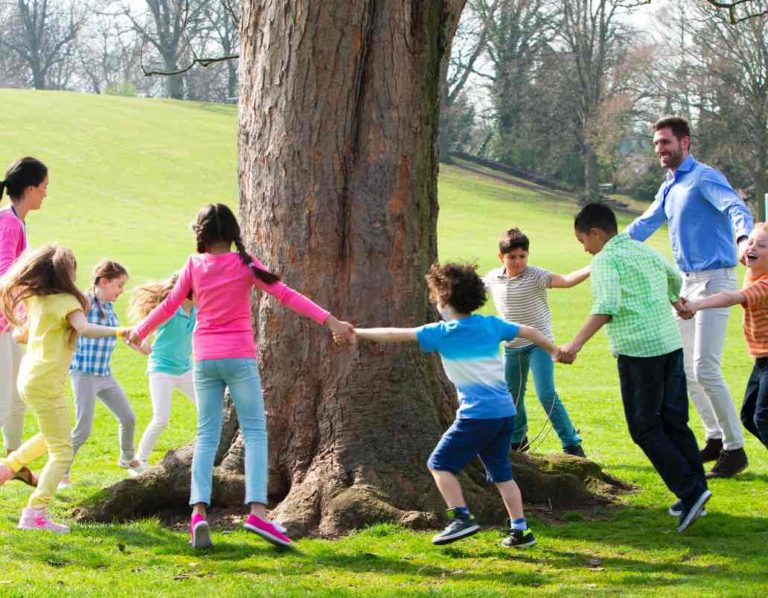

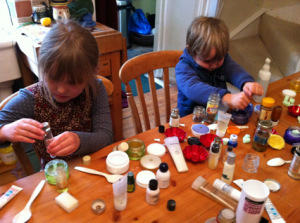

 I’m thrilled that my newest guest blogger, David Renfree, agreed to write me a blog about Social Bookmarking. I have followed David on Twitter (@UCBChildEd) for some time and I regularly retweet the great links he highlights, both on Early Years and the wider Education world.
I’m thrilled that my newest guest blogger, David Renfree, agreed to write me a blog about Social Bookmarking. I have followed David on Twitter (@UCBChildEd) for some time and I regularly retweet the great links he highlights, both on Early Years and the wider Education world.